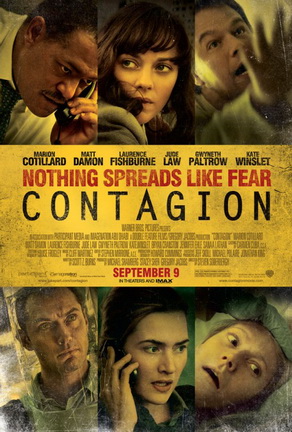This question was posted on Feb 1st, 2011 inquiring about what the is the best order to watch all six of the the [tag]Star-Wars[/tag] saga movies.
After receiving my own copy of the newly released Blu-ray version of the epic tale, I brought it upon myself to actually do what the most popular, and accepted answer to this question was as a test to see if the answer to the question has merit, or just looked good on paper.
56 of the users of SciFi.SE voted the answer “Watch the movie in this order: Episode IV -> Episode V -> Episode I -> Episode II -> Episode III -> and finally Episode VI.” I even upvoted this question. But alas, I haven’t actually watched this series in order (any relative order, in fact) ever. The last time I watched a Star Wars movie was when Episode III came to theatres in 2005. And before that I watched Episode II and I. I never actually watched all 3 of the original trilogy in order either. I only ever watched it when it was on the TV in passing. I did see the re-release in theatres in 1997 but before that, I don’t think I ever actually saw the whole trilogy.
I always considered myself a fan of the series, but when I look back on what I have actually exposed myself to, my main viewing of Star Wars has been mostly the New Trilogy.
This got me thinking about more than just how I voted on that one question, but how I vote on a lot of questions. I fully support ever answer I upvote, but in all honesty, most of the answers that I have given the “big up arrow” to were ones I just believed were right.
But I wanted to change that. I wanted to actually use the information given to me on this wonderful site and put it to practical use.
So, lets get started…




